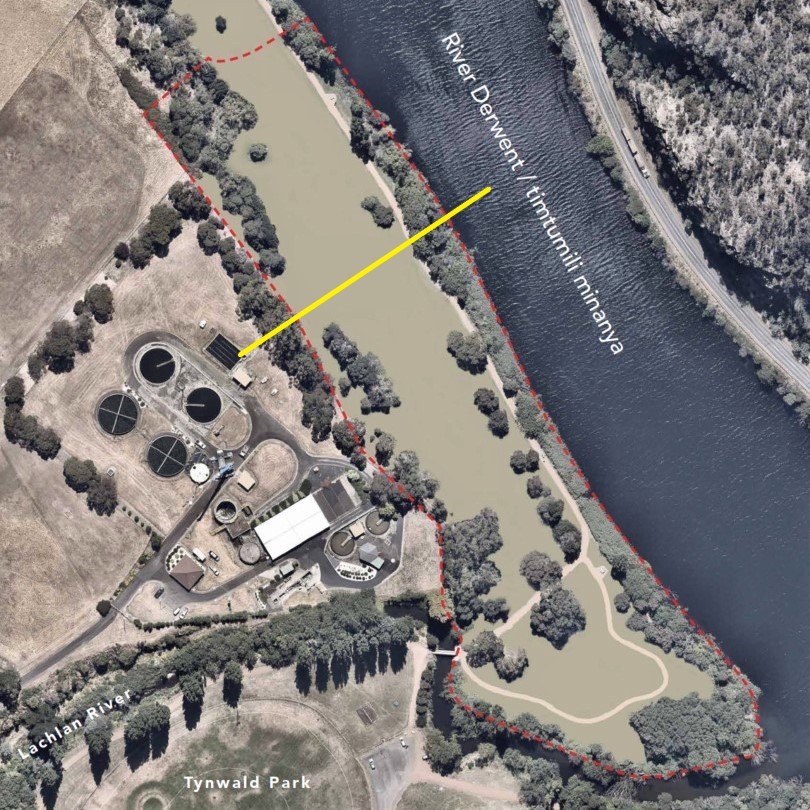What's this project all about?
New Norfolk is a beautiful and rapidly growing town. Its sewage treatment plant is a high priority for investment by TasWater to modernise its performance, and to improve public health and environmental outcomes.
Since the ‘90s, treated effluent from the plant has flowed through an adjacent man-made wetland. This wetland was designed to aid the treatment of effluent before it flowed into the Derwent River Estuary, but the wetland reached the end of its service life. If left in place it would only worsen over time, posing environmental and health risks for the community. Decommissioning and removing the wetlands was discussed for many years and public consultation with the local community by Derwent Valley Council in late 2020 showed support for the project.
This project has improved the public and environmental health outcomes from the Turriff Lodge Sewage Treatment Plant. Removing the effluent from the area around the walking track has improve the odour and reduced potential risks from exposure.

The new outfall
Following approvals from the Environment Protection Authority, Tasmanian Parks and Wildlife Service and Derwent Valley Council, a new outfall was built for the treatment plant, diverting flows away from the wetlands. Treated effluent now flows through a new underwater outfall, extending 14 metres into the river and 6 metres beneath the surface. This is a far superior method of discharging the treated effluent than the poorly performing wetland. A new diffuser on the end of the outfall improves the dispersion and dilution of effluent, and the area’s aquatic environment is expected to benefit. Following completion, water quality will be monitored by TasWater to confirm the outfall's performance and to inform any future works required.
Building a new parkland
Once the new outfall was in place, the wetlands gradually dried out. Rock, fill and topsoil were brought into the wetlands, much of it from the nearby Bryn Estyn Water Treatment Plant construction site. All fill was tested for weeds and contaminants and deemed suitable for use. The fill was landscaped and sown with grass seed. There was a small delay in the project as some of the new surfaces were wetter and softer than anticipated, due to a combination of weather and the ongoing settlement of the large amounts of fill.
We preserved as many of the area's established trees as possible, so the park can continue to be used and enjoyed by visitors and wildlife. A small number of trees had to be removed or pruned for a range of reasons: construction access, those growing within the wetlands ponds being filled, declared weed species, or diseased and dead specimens. Most of the vegetation along the riverbank has not been touched, aside from the small section above the new outfall pipe. New screening trees have also been planted along the fence around the sewage treatment plant.
Environmental management
Construction activity temporarily disrupted wildlife, but TasWater took steps throughout the project to prevent harm to animals and to reduce the impact on the local environment during our work. Platypus were previously observed in the effluent ponds, so we included the use of a ‘migration bridge’ as the ponds dried out, so any platypus could escape into the river. Additionally, a silt curtain was used in the river to prevent sediment washing downstream during construction. Weed management was one of the area’s biggest concerns, with weeds being buried or removed as appropriate to each species.
Ongoing management of the area is the responsibility of the landowner, Derwent Valley Council.